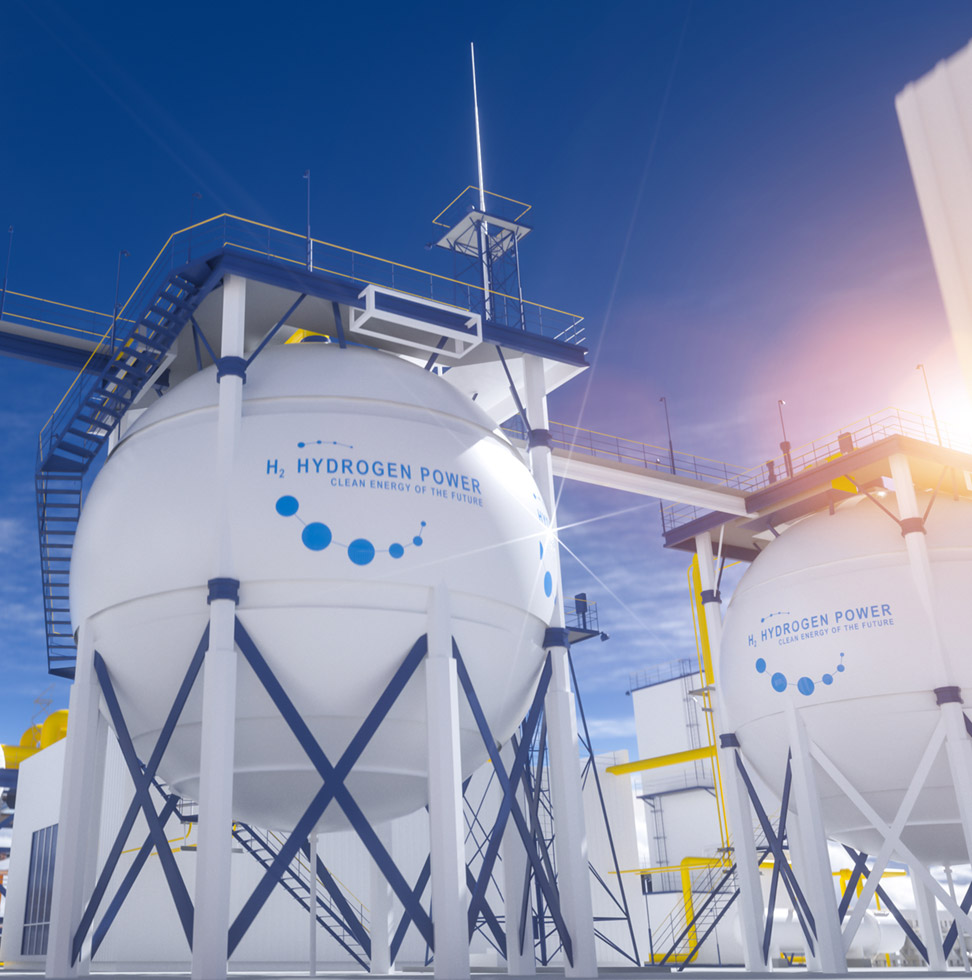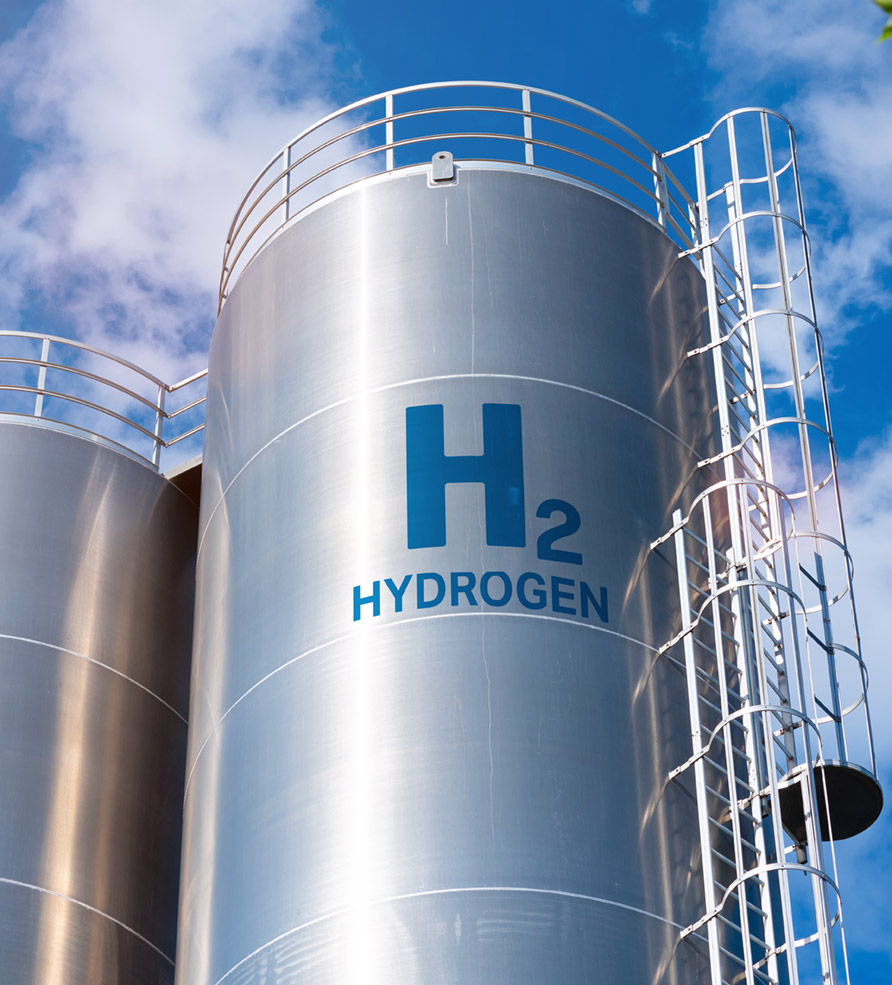

Together with private and equity funding, there is unprecedented investment towards decarbonising the US’ power, transportation and industrial sectors via hydrogen. GHD is supporting a number of hubs throughout the country, including California, Michigan and New York. Our broad involvement in these hubs includes project ideation and origination through to technical design. The DOE funding will be a catalyst to spur hydrogen infrastructure development, increase demand and production, and reduce costs.
In Canada, export of low-carbon hydrogen and decarbonisation of existing hydrogen uses and hard-to abate industries is driving development in markets such as BC, Alberta, Sarnia-Lambton in Ontario and Atlantic Canada. GHD has been supporting private and public sector clients across Canada as part of hydrogen hub related developments; including: feasibility studies, strategies, technoeconomic modelling, preliminary project design, and a variety of funding applications.
“Successful hydrogen hubs have ample access to land, water and energy infrastructure, human capital and in some locations, opportunities for export,”
Kylee Unwin, Strategy & Markets Leader at GHD Advisory.
